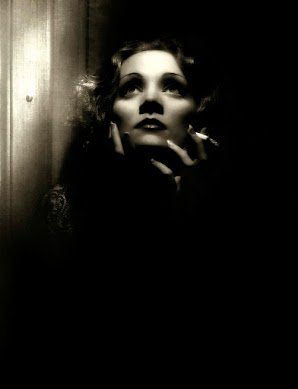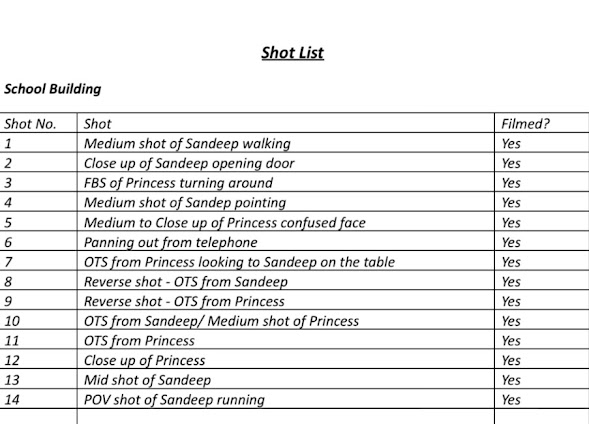MISE-EN-SCENE RECREATION - FEEDBACK
Film & TV Language: Lighting
image 1
Lighting type - low-key lighting
Top lighting
The effect created- the smoke paired with soft top lighting creates a sense of mystery and a film noir-like atmosphere. It also highlights the woman's face while casting shadows on her, giving a sense of enigma.
Image 2
Lighting type-low key lighting
Top lighting
The effect created - the top lighting casts deep shadows on her face, accentuating her expressions. This dramatic effect creates tension often seen in classic Noir films
.
Image 3
Lighting type - low-key lighting
Top lighting
The effect created- the lighting gives him a sense of power, while the shadows enhance his expressions and hint at ambiguity.
Image 4
Lighting type- low-key lighting
Under-lighting/ backlighting
The effect created- makes the subject appear larger and isolates the figure from the background. The backlighting also enhances the rain.
Image 5
Lighting type- high-key lighting
Front lighting
The effect created- the front high key lighting illuminates the scene creating shadows behind her. This exposes her terrified facial expressions as the harshness of the light contributes to the sense of fear.
Image 6
Lighting type- low-key lighting
Back lighting
The effect created- shadows created, mimicking a sense of secrecy. The lighting suggests intimacy while concealing parts of their faces.
Image 7
Lighting type- low-key lighting
Backlighting
The effect created- the backlighting silhouettes the figures, giving them an ominous presence. This effect adds to a sense of threat or anticipation
Image 8
Lighting type- low-key lighting
side lighting
The effect created- a dramatic and mysterious effect. The contrast between light and shadow on her face makes her expression appear more intense.
Image 9
Lighting type- low-key lighting
top lighting
The effect created- accentuates her facial expressions and enhances her feeling of vulnerability as the shadow on her face highlights her emotional state.
Image 10
Lighting type- low-key lighting
side lighting/backlighting
The effect created-use of shadow creates a sense of entrapment, associated with the horror genre.
Image 11
Lighting type-high key lighting
filler
The effect created- soft lighting is used to create an intimate atmosphere, as there are few shadows, making the scene light and open
.
FILM NOIR RESEARCH
Origin: Emerged in the 1940s, primarily in American cinema, influenced by German Expressionism.
Themes: Often explores moral ambiguity, crime, and the darker aspects of human nature.
Frequently features antiheroes, femme fatales, and intricate plots involving betrayal and deception.
Setting: Urban landscapes, often set in cities at night, with rain-soaked streets and shadowy alleyways.
Low-Key Lighting: Predominantly uses low-key lighting to create stark contrasts between light and shadow.
Chiaroscuro Effect: Strong contrasts of light and dark (Italian for "light-dark").
Highlights key facial features and emphasizes emotional states.
Shadows can signify danger, secrecy, or moral ambiguity.
Backlighting: Frequently used to create silhouettes.
This adds to the sense of mystery surrounding characters, particularly the femme fatale.
Film noir clip analysis:
Title: "Double Indemnity (1944) - Opening Scene"
https://youtu.be/W0qea2gLq_I?si=gqQ8Np1n7fFc7G9A
Low-Key Lighting: The clip features predominantly low-key lighting, creating deep shadows that evoke a sense of mystery and foreboding. This highlights the film's themes of deceit and moral ambiguity.
Chiaroscuro: The stark contrasts between light and dark are evident, emphasizing the characters' facial features and emotional states. The shadows cast on their faces enhance the sense of tension and danger.
Directional Lighting: The use of strong, directional light sources casts shadows, particularly on the protagonist’s face.











Comments
Post a Comment